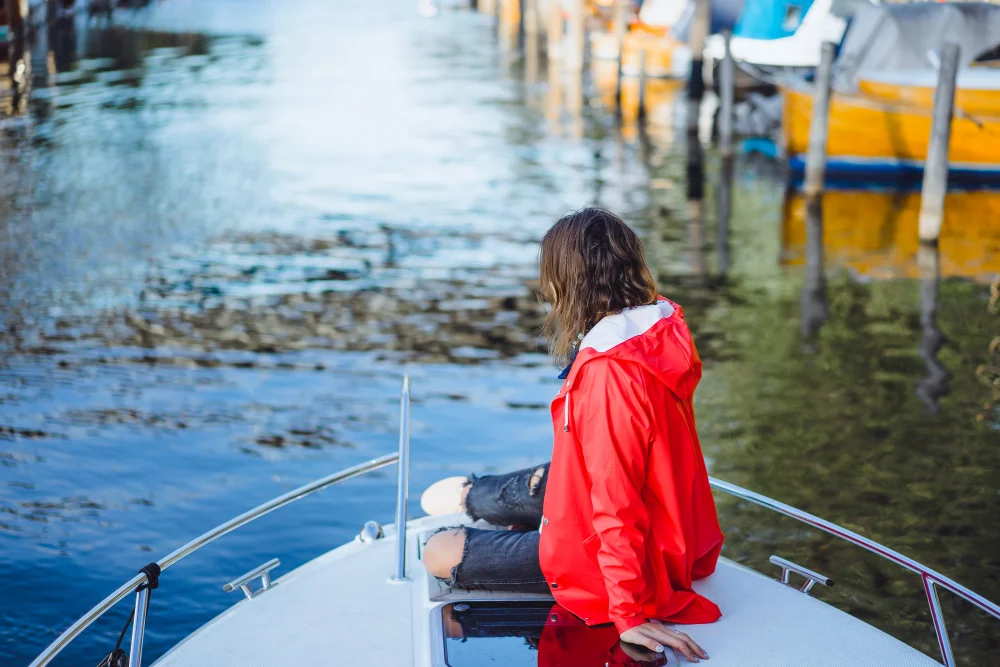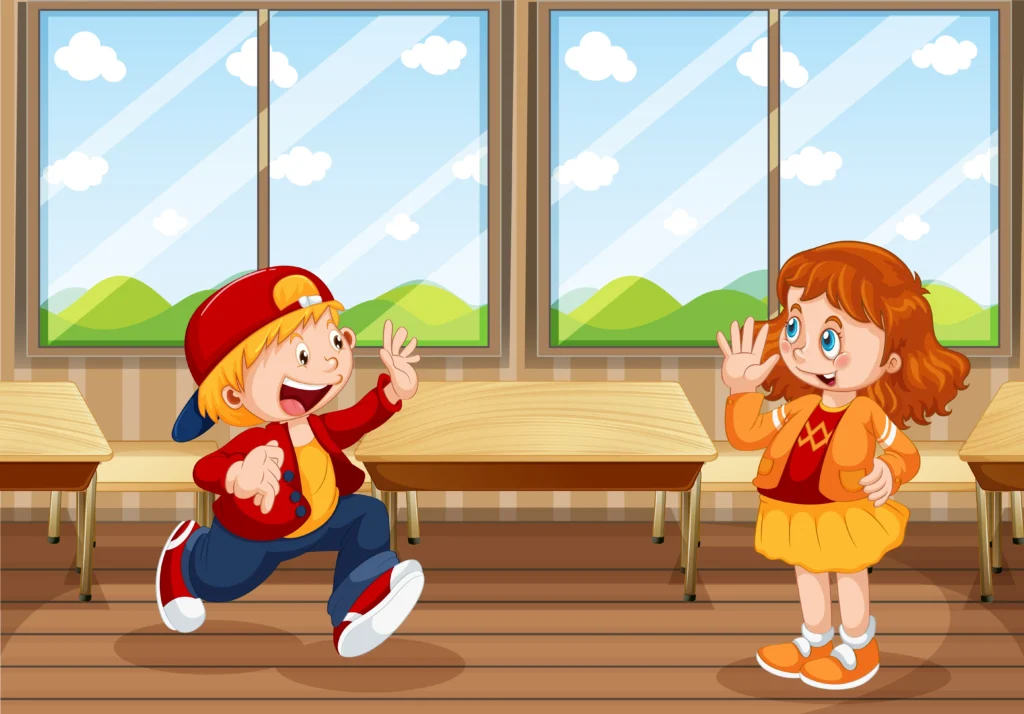The there’s a woman in a boat riddle is one of those timeless brain teasers that makes you pause and rethink your assumptions. At first glance, the story sounds straightforward: a woman is in a boat, it tips over, she falls into the water, yet somehow she doesn’t get wet. This seems impossible, but the trick lies in how our brains interpret simple words.
This riddle has gained attention because it challenges both logic and imagination. It’s short, easy to remember, but difficult to solve if you stick only to conventional thinking. In this article, we’ll explore its meaning, solution, psychological lessons, and practical uses.
The Setup of the Riddle and Why It’s Clever
At the core, this riddle is a battle between perception and reality. The story paints a vivid image in your head: a woman, a boat, water, and the act of falling. Our minds automatically visualize liquid water splashing. That visualization creates the illusion of contradiction when she doesn’t get wet.
This is exactly why it’s clever: the riddle hides truth in plain sight. By not specifying the form of water, it leaves open the possibility of frozen water. Once you accept that, the answer suddenly makes perfect sense.
The Answer Explained in Detail
The straightforward answer is that the woman falls onto frozen water or ice. Ice is water in solid form, and falling onto it means she doesn’t get wet. The riddle plays on the assumption that water must always mean liquid, but in science, water exists in three states: liquid, solid, and gas.
This not only solves the puzzle but also highlights the importance of critical thinking. It reminds us that words can be broader than the mental images we attach to them.
Why Our Brains Struggle With This Riddle

Our brains are trained to fill gaps quickly. When we hear “boat,” “tip over,” and “water,” we instantly imagine a lake, river, or sea. We also assume falling in means splashing. But riddles like this thrive on hidden ambiguity. By setting up a scene that feels familiar, they make us overlook alternative interpretations.
That’s why the riddle works: it uses assumption bias to trick your thought process.
Key reasons people struggle:
- They automatically imagine liquid water without questioning it.
- They focus too much on the “falling” action instead of the properties of water.
- They forget basic science that ice is water, too.
- They rush to find complex explanations when the answer is simple.
Lessons Hidden Inside the Riddle
This riddle isn’t just for entertainment. It actually teaches valuable lessons about how we think, communicate, and interpret language.
First, it shows us the power of words. A single word like “water” can carry multiple meanings, and context decides which one we use. Second, it highlights how assumptions influence problem-solving.
By challenging those assumptions, we expand our ability to think critically. Finally, it emphasizes patience; sometimes the simplest answers are the correct ones. For those looking for more brain-teasing fun, check out these riddles for teens to further sharpen your critical thinking skills.
Creative Variants of the Riddle
Riddles evolve, and many people have created fun twists on the original. Some versions replace ice with different explanations to keep the challenge fresh.
- In one version, the woman is wearing a waterproof raincoat, so even though she falls in, she doesn’t get wet.
- Another variant uses the idea of a boat inside a swimming pool covered with a protective glass floor.
- Some even create playful versions where the boat is a metaphor, and “water” means something symbolic.
Possible creative versions include:
- The boat tips into snow instead of water.
- She falls but lands under a bridge or dock, avoiding water completely.
- The boat is on dry land in a theme park, not an actual body of water.
- “Water” refers to steam in a sauna, where you can exit without getting wet.
- She holds an umbrella, shielding herself from splashes.
Using the Riddle in Education and Learning

Teachers and trainers often use riddles to sharpen thinking. The there’s a woman in a boat riddle is ideal for lessons in science, logic, and language.
It encourages students to question definitions, understand scientific concepts like states of matter, and notice how words shape interpretation. In corporate settings, it’s even used to demonstrate creative problem-solving and communication skills.
By challenging the obvious, this riddle turns a playful puzzle into a tool for lifelong learning.
Common Mistakes People Make While Solving It
Many people overcomplicate their answers. They might think the woman wore a diving suit, had magical powers, or somehow avoided water with impossible tricks. These mistakes happen because our minds resist simple solutions.
Another mistake is ignoring alternative meanings of words. When someone hears “get out,” they assume it means leaving water, but it could just mean stepping out of a boat onto ice.
Frequent mistakes include:
- Overthinking the scenario with fantasy explanations.
- Forgetting that “water” includes ice.
- Assuming “getting out” always means climbing onto land.
- Rejecting simple science-based answers.
- Believing every riddle must have a complex twist.
Psychological Impact of Solving Such Riddles
Solving this riddle gives a rush of satisfaction. That’s because our brain rewards us when we overcome cognitive biases. Psychologists call this the aha moment when everything suddenly makes sense.
The lesson here goes beyond puzzles: in real life, we often misinterpret information because of assumptions. The riddle is a reminder to slow down, test our beliefs, and stay open to multiple perspectives.
Related Puzzles That Work the Same Way
If you enjoyed this riddle, you’ll likely enjoy others that play with similar logic. For example:
- “What has keys but can’t open locks?” (Answer: A piano)
- “The more you take, the more you leave behind. What are they?” (Answer: Footsteps)
- “What gets wetter the more it dries?” (Answer: A towel)
These puzzles, like the there’s a woman in a boat riddle, all rely on twisting words or assumptions.
Final Thoughts
The There’s a woman in a boat riddle shows us how something so short can be so powerful. It blends science, logic, and wordplay into a single puzzle that teaches us to challenge assumptions. Beyond entertainment, it is a lesson in clear thinking, precise communication, and patience.
So the next time you hear a riddle that seems impossible, remember this one: sometimes the answer is right there in front of you, hidden by your own expectations.






